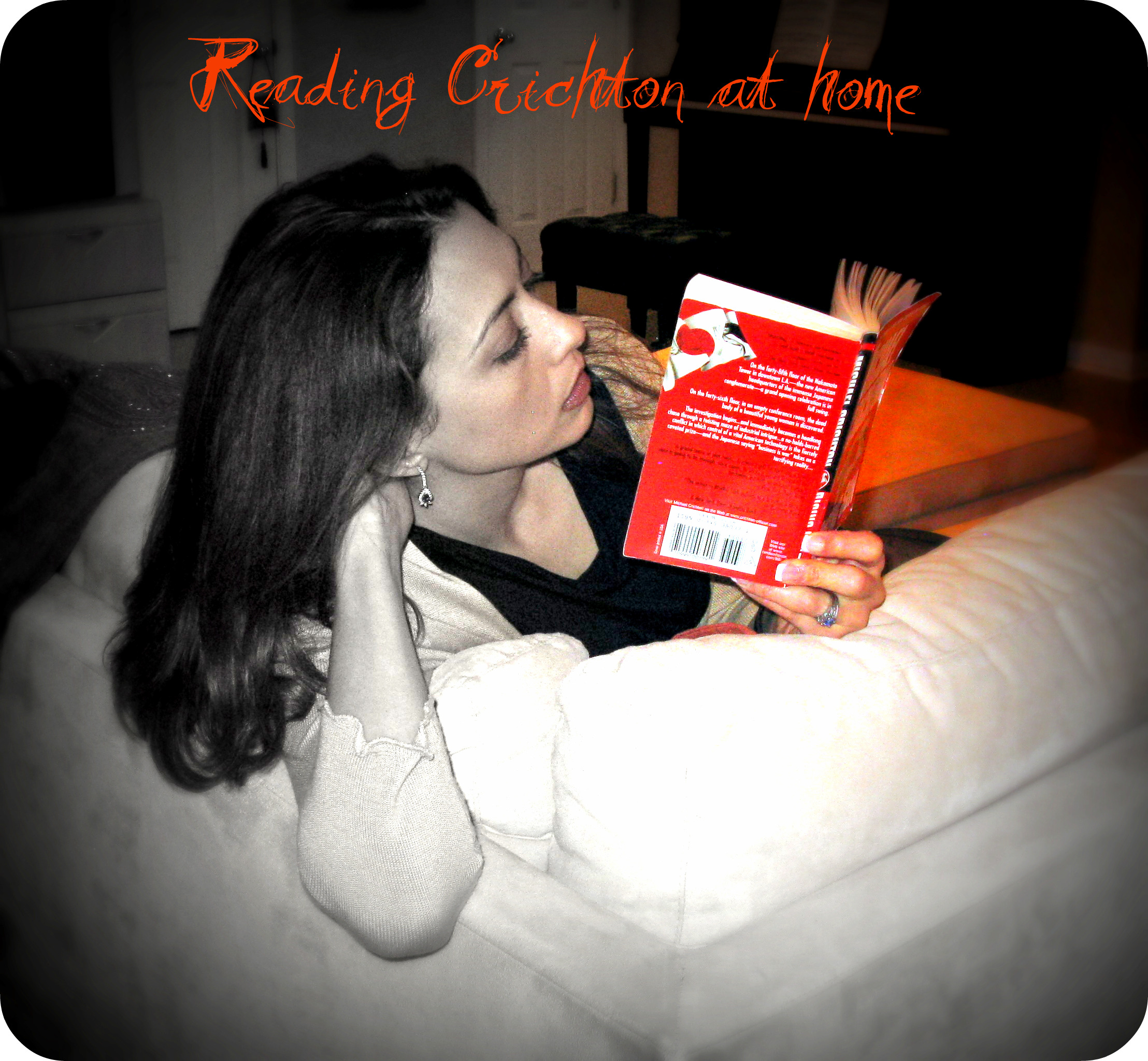If you don’t want Japan to buy it, don’t sell it.
– Akio Morita

I was first introduced to Michael Crichton by complete accident when my husband brought “Travels“ to our Hawaii vacation and I promptly stole it away for my own reading pleasure. Or perhaps more accurately put, Crichton stole me away from all present plans and captivated me in his world instantly.
I did not read Crichton’s best sellers first, I read about his life in his own words, accounts of his intimate journey through life, his career changes, and his constant search for self while creating the masterpieces for the world. The “Rising Sun” is one such work of fiction. It is a book that proves yet again not just Crichton’s supreme skills at writing and imagination, but also his keen knowledge of the Japanese culture, customs, and society protocol.
This acclaimed novel is set against the backdrop of Japanese-American tensions at the time of its writing – each side apprehensive, protective of their own territory and culture. The plot revolves around an American female’s murder in Nakomoto, a Japanese corporation on American soil – and that distinct setting sets the wheels of this novel in motion. The intricacies of etiquette, culture, duty that is inherent to Japan plays a key role as the investigation begins to unfold. Only one man can identify and effectively communicate with the Japanese – enter Captain Connor, played deliciously well by the ultimate Sean Connery in the movie adaptation of the book.
Crichton, who must be fluent in Japanese, intersperse random Japanese phrases and customs throughout the book. One of my favorites is the sempai-kohai relationship between Captain Connor, the sempai or the mentor and coach, and Lieutenant Smith, the kohai or trainee. I remember one afternoon picking up a book comprised of Japanese traditional expressions soon after this book – so inspired I felt in learning the thousand year old expressions of their culture. I barely made it past fist few pages of my book, “The Japanese have a word for it“; it was overwhelming to consume in one sitting. The sheer complexity of each expression and its history wore me out. The demands of society and pressures of tradition are tremendous on the lives of the Japanese and puzzling to the rest of the world – the non-Japanese ones of us who can neither fully grasp nor appreciate the depth of servitude felt by this nation.
As one who is fascinated by the Japanese culture, language, country, eccentricities and mysteries, this books adds an intense and mixed angle of perspective for me. The story is a mystery murder and while interesting, it does not make up the core of the book. While the murder plot carries you through the pages, nothing is more engrossing than Connor’s brutal honesty about how the Japanese think and do business. “Business is war to the Japanese”, he repeats over and over – and you will see why if you read the book.
The suspense of the murder mystery is no simple maze to follow. Twists and turns into the investigation thicken, as they should in every good story, and yet remain realistic to the reader. The plot spoiler warning applies here as I disclose the vast difference between the endings of movie and book. In Crichton’s novel, Theresa and Lt. Smith do not end up together, there exists no previous relationship between Theresa and Captain Connor, and Ishigoro, the Japanese employee, is the real murderer as opposed to an entirely different character in the movie. This is no small difference as the entire story is built to incriminate Ishigoro in the end. Imagine my disappointment as I learned that Sean Connery not only played Captain Connor but was also the executive producer of the film – and he allowed for such a large deviation from the novel? I would defer to Crichton whose imagination first brought us to the world of the Rising Sun. I prefer the ending in the book.
Reading is the best pastime for an active mind! If you like to see the other book reviews, check the index of In Print.
The subplot of Japanese war on America’s business is strongly at play throughout the plot, brilliantly unfolding in every chapter. This notion of Japanese corporations and government taking over the American economy one day at a time is nerve-wracking when told from Crichton’s chilling outlook. That combined with the notion that America has understood neither ways to conduct business with the Japanese, nor means to decipher their way of adversarial trade paints a grim picture for America. This, Crichton warns, will be how the Japanese will completely take over America. We know today, 17 years after publication of his book, that this was not to be the case. Nonetheless, we cannot deny that Japan is a country with the best manufactured products, the longest lifespan, the most fabulous food in the world, the most ingenious technologies and advancements – even as the Japanese themselves remain a mystery to us in countless ways.

 I am Farnoosh, the founder of Prolific Living. So glad you are here. My mission is to empower you to unblock your creative genius to live your dream life.
I am Farnoosh, the founder of Prolific Living. So glad you are here. My mission is to empower you to unblock your creative genius to live your dream life.